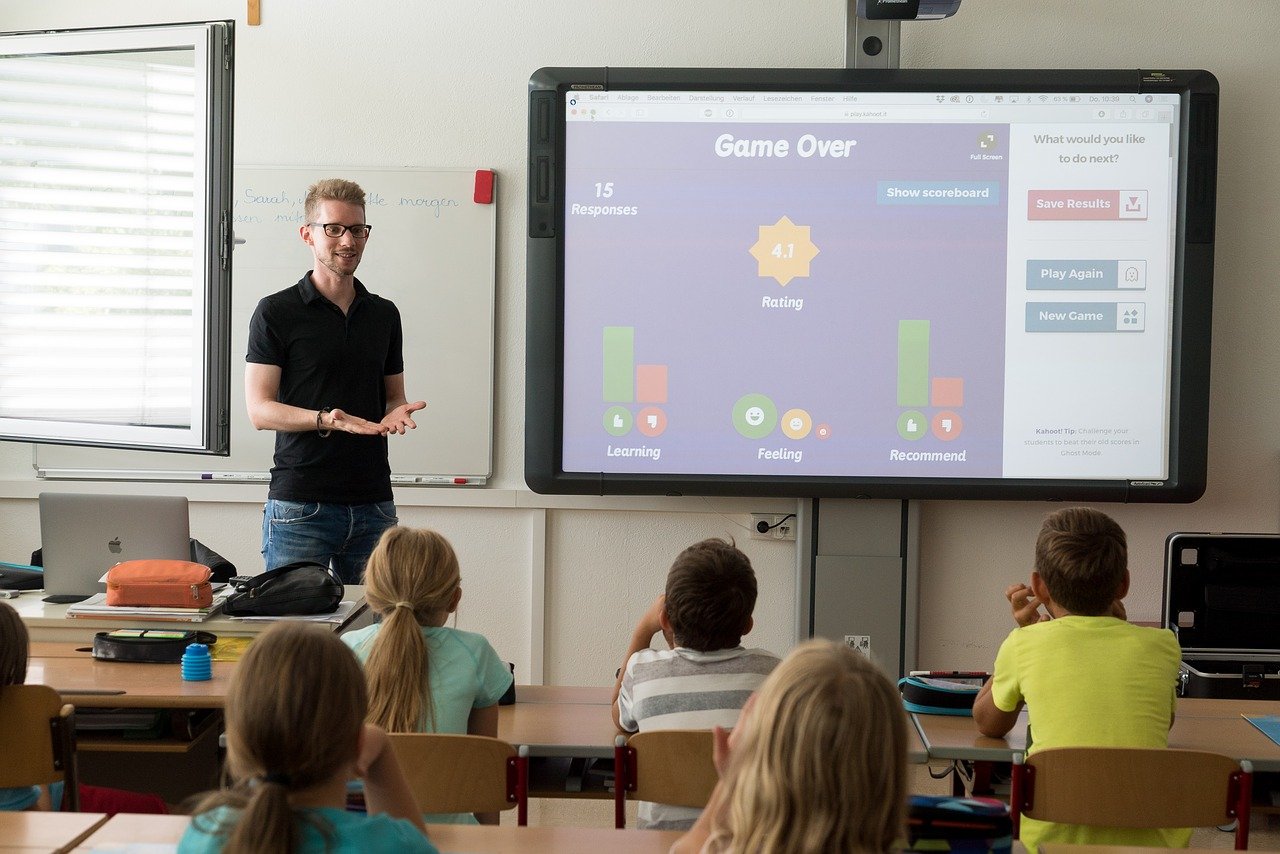Turn Your Class into a Collaborative Space

Initially, I was a K-12 teacher for seven years, then a university professor for another seven years, and finally, carried out the responsibilities of a school of education’s dean. When I was a teacher, I dedicated myself to helping pupils achieve their academic potential and come out as productive citizens. I was focused on building the next generation of teachers and education administrators when holding the other two positions. For the last two years, I’ve been engaged in educational entrepreneurship. I founded an education company during this period, namely Lynch Educational Consulting. I also manage three web properties: The Tech Edvocate, The Edvocate, and Edupedia.
When I miss my earlier days as an educator, I focus on creating something like a resource, project, or article that’ll be beneficial to all the teachers. This time I came up with a series of case studies that give a clear picture of the issues in the field. Pre-service teachers will also understand how different case scenarios can influence their practice by following these case studies.
Establishing effective collaboration among their students is one of the most difficult things for teachers. While some teachers do this naturally, others need to try hard. The following case study will help you get an idea of the way the process of developing a collaborative classroom develops.
Sunil’s Observation
Sunil started his teaching career four years ago at a small rural school without any formal training in education. He started attending education courses and workshops at a local college during his first year to help his students and community better. To obtain the teacher certification, Sunil was required to have an observer who’d analyze his class each month. During his first observation, all of his students were sitting in rows in the classroom. According to Sunil’s belief, learning should happen in a distraction-free environment. So, he didn’t allow the students to talk with each other for most of the lesson. He gave a warning to students who broke this rule the first time and asked them to leave the classroom on the second offense.
As Sunil had already learned the value of cooperative groups, he consciously tried to achieve it. As asked by Sunil, the students got divided into groups to solve the problems that were assigned to them. Each group was asked to write a team name and the team members’ names above the page. Students were then required to submit their solutions on one written page. There was a group grade together with additional points for exceptional interaction and group work.
Despite Sunil’s efforts to facilitate group work, the observer noticed that cooperative learning was valueless with no or little cooperation among the team members. They were excited by the alteration in the seating arrangements and the opportunity to work with their friends. In the majority of cases, one student in the group (usually the “cleverest” one) did all the work, while others had a good time among themselves.
Students, who weren’t doing the task, received a warning from Sunil the first time and had to leave the class on the second offense. Sunil tried different tactics to keep the students involved in the group work, but all of his attempts failed. Once the time was over, he collected the assignments and asked students to return to their earlier seats.
Despite full efforts from Sunil’s end, the groups failed to collaborate as teams and develop the desired level of behavior or interaction.
After that incident, Sunil focused on mastering new cooperative learning tactics. He has learned that group members should be assigned different roles. He has also learned to use different kinds of assignments to keep the students engaged as groups. For instance, he assigned a performance arts-based activity and gave each group member a different task or a character. These methods help all the students remain engaged while getting to interact among themselves. Now Sunil tries out different seating arrangements in the classroom while using group work more often.
Now, see the questions below and carefully think about them to determine your own approach.
- What was missing at Sunil’s end at the beginning of his teaching career?
- What qualities of Sunil are vital for a good educator?
- What were the reasons behind the failure of Sunil’s attempts at group work?
- Was there something that Sunil should have done differently to keep the groups engaged in cooperative learning activities?


